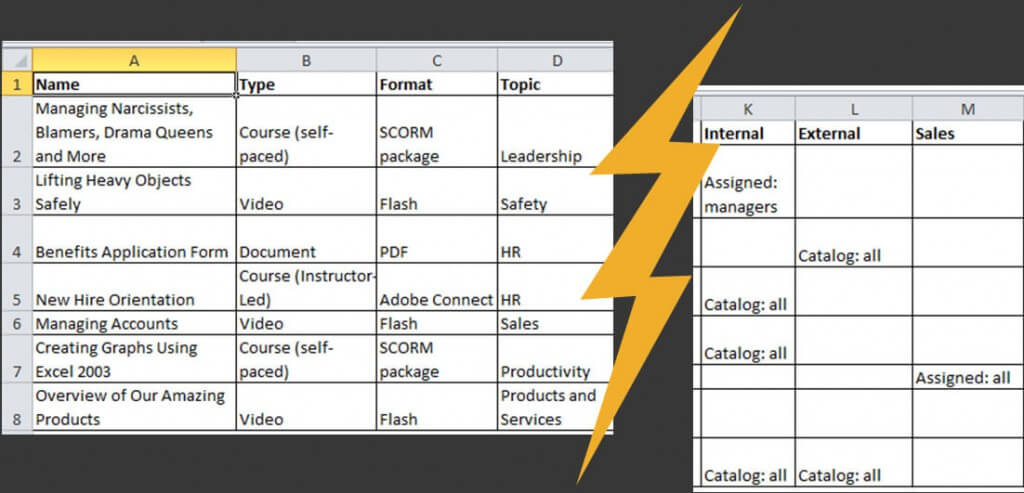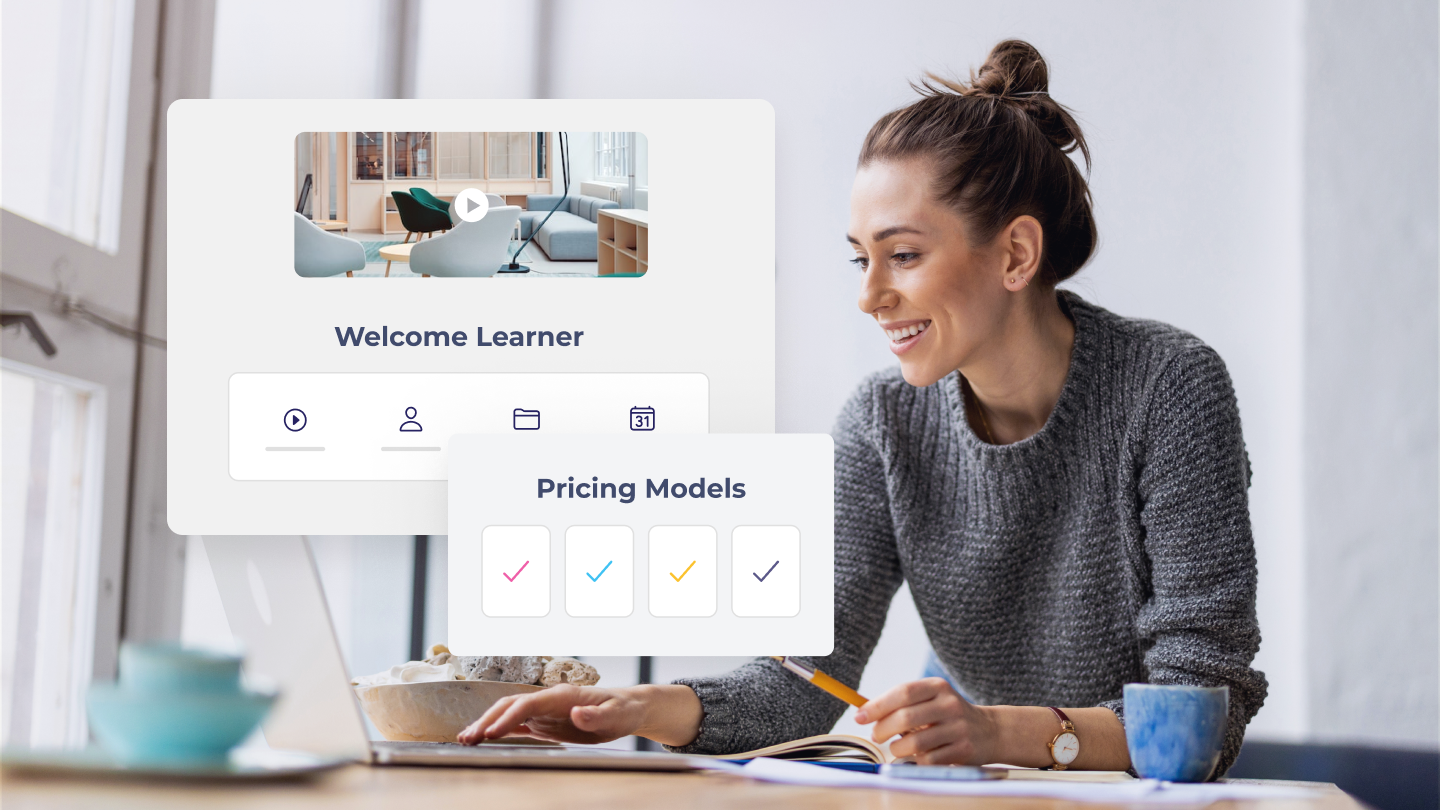So far in this series:
- Part 1: The importance of a structured approach to setting up a learning management system. Also: "Consider Your Learners"
- Part 2: "Perform a Content Inventory Audit"
Those of you eager to start clicking inside your new learning management system will be happy to learn that today's post is the last—I promise—step you'll be performing outside of the learning management system. So far, we've identified the learner groups we`ll be serving and the content we'll be providing. Today's step consists of matching content to learners.
STEP 3: Establish Who Needs What Content
It may have seemed like a pain to create your content inventory audit, especially if you have a large amount of content. You’ll now, however, begin to reap the benefits of the work you’ve done. It’s time to connect the learners with the content.

You’ll need to decide the following:
- Who needs access to what content
- Will the relevant content be assigned to the learner or will it placed in a catalog for learners to select themselves
Add extra columns to your content inventory audit spreadsheet or database. If some of the content needs to be available to all your internal learners, add a column named “Internal.” If you support learners outside your organization, add a column called “External.” Then, add columns for each of the learner groups you identified in step one.
You now need a way to specify in your matrix:
- Which learner groups need which content
- Whether everyone in that learner group needs the content or only specific people, (for instance, people with specific roles, people in certain regions, etc.)
- Whether the content will be assigned or placed in a catalog for learners to enroll themselves
You can use whatever notation method you’d like as long as it can be understood by others. Avoid using abbreviations unless you provide a clear legend. If you’re feeling creative and like data visualization, color-code your cells. In the end, your matrix may now look something like this:








